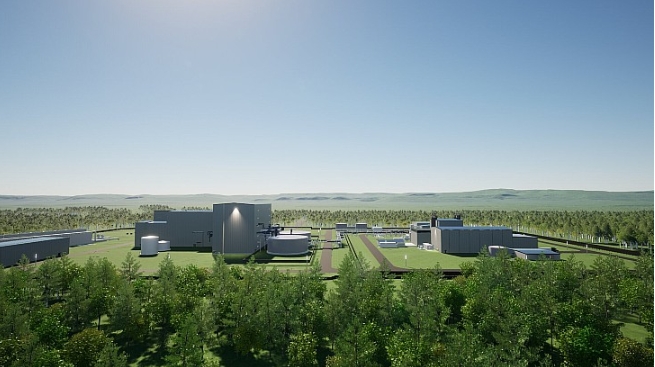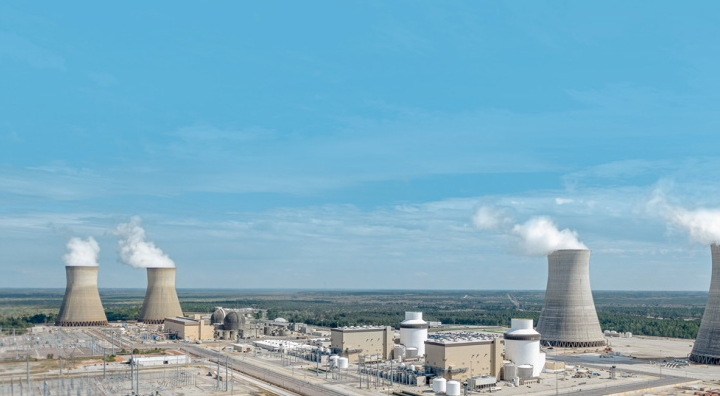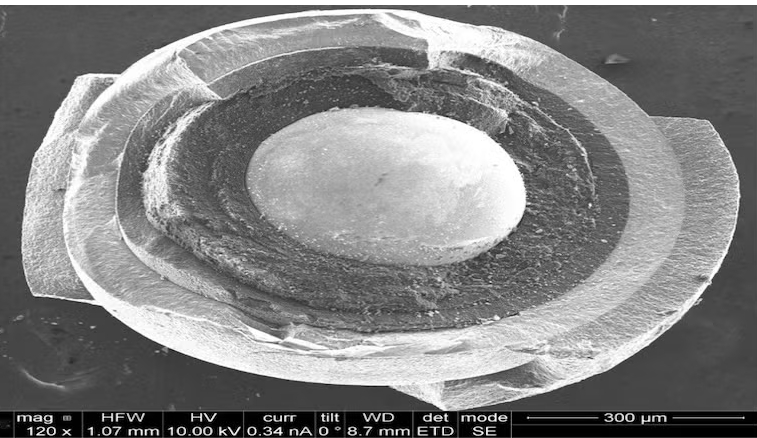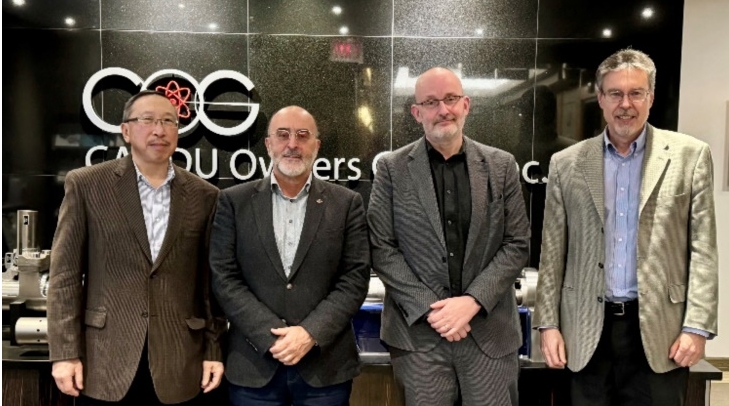Local news from Hamburg in Germany report that a treasure lies at a depth of 3,500 meters below the island of Wilhelmsburg in the River Elbe. At least that’s what seismic studies have shown. There should be no gold, no oil, but water in the deep Hamburg underground. Hot water. So hot that one day many Wilhelmsburgers can be supplied with regenerative heat, believes Michael Prinz, Managing Director of Hamburg Energie.
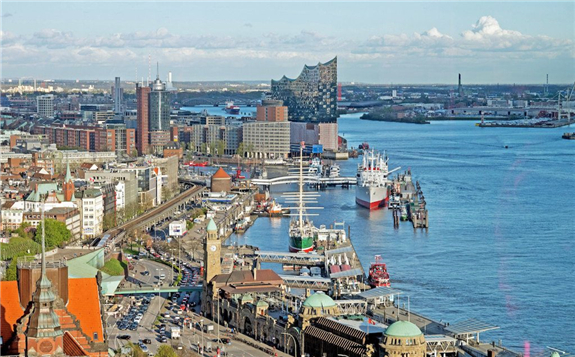
What the urban supplier is planning around the Wilhelmsburg flak bunker from the Second World War – which today supplies regenerative energy as an energy bunker – is to set standards in geothermal energy and become a blueprint for northern Germany.
“We fought for Wilhelmsburg because otherwise we have already realized everything that can be imagined in terms of regenerative heat sources there,” says Prinz. “We have a large solar thermal system, we have industrial waste heat, we have biomethane combined heat and power plants, we have a huge hot water tank in the energy bunker. We really only lack geothermal energy to live this renewable heating concept completely at one location. ”
It is precisely this special concept that is one of 20 nationwide that the Federal Ministry of Economics promised funding last year as part of a so-called “real laboratory for the energy transition” – but the only geothermal project. The decision on funding should be made in the coming days.
And funding is needed, because with geothermal energy: every beginning is expensive. The first well alone will cost around EUR 17 million ($ 19 million), said Thomas-Tim Sävecke. He is Head of Production at Hamburg Energie and one of the fathers of the project that stands and falls with this first well. “We only have seismic surveys from down there. So far we have only interpreted the data and we have to have been there to know what is really there. ”If you find what you are looking for, you need a second drilling. Together, that’s around 30 million euros.
It is assumed that water has a temperature of 130 degrees Celsius at 3,500 meters. “The water we take is fed back into the ground. “Hence the second hole. “And that’s why there are no changes in the subsurface,” says Sävecke. In contrast to geothermal projects such as in Schwerin, where one only went to a shallower depth with a correspondingly low temperature, the 130 degrees were sufficient to use them directly for heating or for generating electricity.
“We assume that such a geothermal well will provide renewable energy for between 40 and 50 years. And we expect a thermal output of more than 10 megawatts. ”Since the ongoing operating costs of a system are low, the heat from the earth over the long service life is unbeatably cheap and CO2-neutral compared to fossil generation.
CO2-neutral heat for more Wilhelmsburgers
The heat that is not required in summer is to be stored in what is known as an aquifer and then used in winter. The principle is similar to that of geothermal energy use, only that in this case heat is supplied to a rock formation carrying water. “During a pilot project, we already learned that the aquifer basically works, and now we really only have to install it in Wilhelmsburg,” says Sävecke.
About 2,000 households in Wilhelmsburg are currently being supplied with heat from the bunker. With geothermal energy, as many residents as possible in the rapidly growing district should be able to receive CO2-neutral heat, says Prinz. “We are opening up the district with regenerative local heat supply. And that is what is special: A closed area with existing and new buildings – Wilhelmsburg is actually a blueprint for many cities throughout Germany. ”
The possibilities for using geothermal energy are particularly good in the north, says Sävecke. “We are here in the North German Plain. And this lowland has the greatest geothermal potential in all of Germany. ”As a result of the Wilhelmsburg project, many municipalities could therefore consider“ whether they could find similar geological conditions among themselves. And you no longer have to start from scratch ”.
So far, geothermal projects have tended to everyone solving their own problems”. Only the Stadtwerke München already went other ways. “The people of Munich are the first and only ones who do this very systematically.”
The risks of such a project are definitely manageable. “We only have sandy and clayey grounds down there in different constellations. That is why the earthquake risk in northern Germany is generally very limited, ”says Sävecke. Gypsum swellings, which can lead to uplift of the ground, are also not to be expected in these latitudes. “We just don’t have the right subsurface for that.” In addition, there are techniques nowadays to rule this out.
“This is the best-researched project in all of Germany,” assures Prinz. You couldn’t do anything from above. “We really have to look down there to see what we can find.” But that then leads to the greatest risk: “Namely the economic, that we can not find anything down there.” The city cannot bear this risk alone. This is also why it needs funding as a real laboratory.
